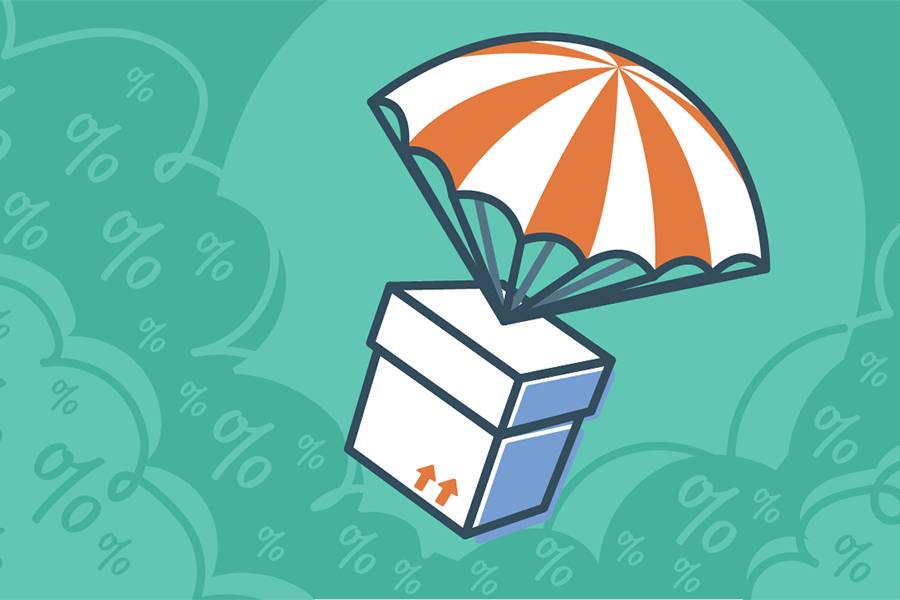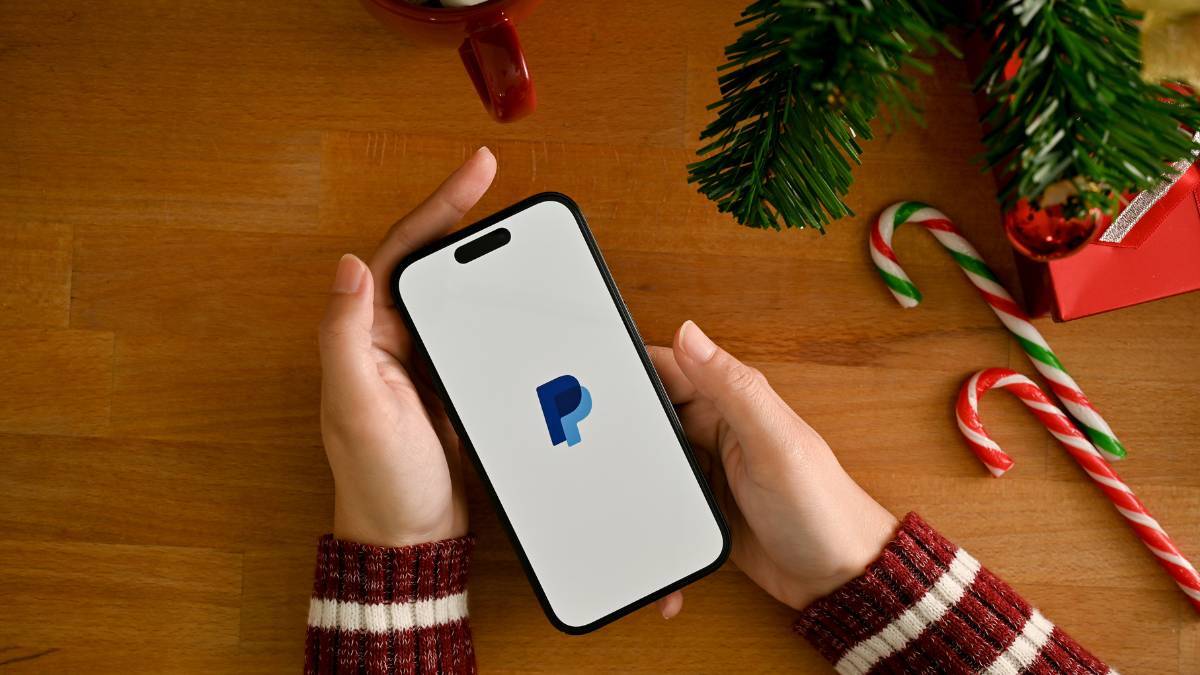What Is Dropshipping & How It Works in 2024

The Significance of Dropshipping
Dropshipping is a business model in which orders placed on a retailer’s site are actually fulfilled by a third-party manufacturer or wholesaler.
In dropshipping, the retailer doesn’t keep the products on hand. When the retailer receives an order, they send it to the third-party company who will then fulfill the order and ship it directly to the customer, who may or may not know that the order is coming from another company.
Some businesses rely on dropshipping for their entire business model (particularly Amazon sellers, creators selling merch, and similar operations). However, many boutiques and traditional retailers use dropshipping to expand their offerings without purchasing more inventory.
For entrepreneurs, dropshipping is a low-cost, low-risk way to sell online because it requires no ownership of inventory or operational facilities.
When done correctly, dropshipping can be a profitable way to expand product offerings, drive add-on sales, offer complimentary products, and make your store a one-stop shop.
How Does Dropshipping Work?
In a dropshipping business model, customers place orders and make payments on the retailer’s site. The retailer then buys the ordered goods from the dropshipping supplier, who receives the original order information and ships the product directly to the consumer.
The customer pays the merchant, who then pays the supplier. The merchant never handles the goods. But, for the customer, the buying experience is no different from any other ecommerce purchase.
The retailer becomes a third party receiving a profit by marketing, selling, and providing customer service for the dropshipper’s goods. As the retailer, you typically set the selling prices in this arrangement, so the final margins are up to you.
There may be some instances where dropshipping suppliers require retailers to adhere to specific retail prices to maintain the partnership, particularly if you are selling on a marketplace like Amazon.
Pros & Cons of Dropshipping
Alternatives to Dropshipping
If the dropshipping business model isn’t for you, there are other successful ways to make money selling products online, such as:
Buy & Sell Products
The primary alternative to dropshipping is a standard ecommerce operation. You buy your goods in bulk, store and manage them in your facility, and then fulfill your orders.
This method yields significantly higher profit margins since the wholesale cost is lower. Additionally, ecommerce retailers are able to source goods from a wider assortment of suppliers—so direct competition is usually smaller.
The risk and initial financial investment can be daunting, but if you’re confident in the performance of your offerings and have sufficient capital available, starting an online store can be highly profitable.
Private-label Products
A variation of buying and selling goods online is dealing in private-label products. These items are made by a separate manufacturer, but labeled under your store’s brand name.
This process is very similar to sourcing and selling standard goods but can yield higher margins.
Outsource Fulfillment
Dovetailing with the option of launching a transitional ecommerce business, you can opt to outsource the process of order fulfillment and shipping to a third-party provider.
Fulfillment companies receive shipments of inventory from your suppliers, store your goods, package each order, and send it out to the customer.
Handing these tasks off to a specialized provider saves sellers a huge amount of time that can be spent driving the growth of your business. Additionally, it saves on the cost of renting (or buying) your own facility and hiring staff members.
Affiliate Marketing
If you’re looking for a way to make money online without any upfront spending, affiliate marketing is another avenue to consider. In affiliate marketing, you receive a commission for sending your business partners clicks, signups, or sales.
If you already have an online following or audience, you may be able to earn money from product recommendations. For example, Amazon has a popular affiliate program.
Is Dropshipping Profitable in 2024?
Because dropshipping has become so popular, it is an incredibly saturated market, and dropshipping resellers often offer similar products. So, you’ll need to work harder to differentiate your brand and assortment in addition to getting your products in front of customers.
However, with the right products, suppliers, and marketing strategy, dropshipping can be profitable, even in today’s competitive and saturated environment. As mentioned earlier, many ecommerce sellers incorporate dropshipping into their traditional ecommerce operations to drive additional sales.
Dropshipping profit margins average 15%–20% of each item’s selling price.
Standard ecommerce margins average 30%–40%. This difference comes from the economy of buying products in bulk, as well as the cost of fulfillment incorporated into dropshipping prices.
Though the profits on each sale are smaller for dropshipping, you also have a lot less overhead.
Costs of Dropshipping
Dropshipping costs include:
- Platform fees: Ecommerce hosting platforms usually charge a small monthly fee plus a per-transaction fee. Shopify pricing starts at $39. Even if you sell on a marketplace like Amazon, that will come with seller fees as well.
- Product sourcing: Most dropshipping marketplaces have free programs that retailers can use to source products, but paid versions offer improved functionality and cost $10–$30 per month.
- Advertising: There are many free ways to market your store, but paid advertising is often the most efficient way for a startup to drive traffic. Running ads on social media or through search engines can help your store gain traction and cost about 97 cents per click on average.
- Time: While it isn’t a direct monetary investment, it’s worth considering the value of your time before starting a business. Launching a dropshipping store requires time-intensive research and setup, and managing the business can take roughly five to 10 hours per week in the startup phase.
Factors that Impact Profitability
As with any business, your store’s profitability will depend on multiple factors. The three things that most impact how much money a dropshipper makes are product margins, store traffic, and conversion rates.
- Conversion rates: The average conversion rate of an ecommerce or dropshipping site is about 1.95%. This low figure means your marketing efforts are crucial to drive enough traffic for your site to thrive.
- Profit margins: As an established dropshipper, you can increase your profits by finding higher-margin products to sell or by sourcing products directly from manufacturers. By shortening the supply chain, less of your margin is absorbed by third parties.
- Store traffic: Additionally, increasing traffic by marketing your site effectively can improve profits. In tandem, conversion rates can be optimized by making your site appealing, checkout process smooth, shipping costs acceptable, and prices competitive.
Is Dropshipping Right for You?
Dropshipping products through partnered suppliers is an attractive option for many sellers, including:
- Ecommerce beginners: The low risk and flexibility involved in dropshipping make it an ideal entrance into the world of ecommerce. If you want to open an online store but are unfamiliar with the process—or want to test a concept or product category before investing in inventory—a dropshipping business can be a helpful jump-off point.
- Entrepreneurs on a budget: The initial investment to start a dropshipping business is much lower than that of a traditional ecommerce or brick-and-mortar store. Ongoing expenses are likewise reduced—since storage, fulfillment, and product ownership are handled by your suppliers, most of the cost of running a dropshipping business comes from marketing.
- Part-time retailers: Thanks to its flexible structure, dropshipping can be done on evenings and weekends while working a separate job.
- Established retail stores: Traditional retail businesses can expand their offerings through dropshipping. For example, a seller of children’s books can branch out to children’s puppets without needing to invest in an untested product. This can increase average order value as well as site traffic.
- Niche community members: Many successful dropshipping ventures are based on a business concept that appeals to a niche customer base. Having the know-how and familiarity with an engaged community can help you to select high-performing products and market your store effectively.
- Content creators: Individuals who have an established online following can increase their revenue by selling dropshipped products. This especially applies to creators already selling information-based products—such as e-books or online courses—that may have applicable merchandise.
Social media-focused content creator Maggie McGaugh bolsters her DIY furniture renovation e-course with a store that sells dropshipped restoration supplies.
Bluecrate is a successful dropshipping store specializing in quirky, customizable goods. Dropshipping partners such as Printful sell custom-printed goods like these that can be personalized by your customers.
Notebook Therapy curates its site design, content marketing, and product offering to appeal to young, Western shoppers interested in Eastern culture. This attracts (and retains) niche customers.
How to Start Dropshipping
Starting a dropshipping operation generally requires the following steps:
- Develop your concept
- Perform competitive analysis
- Determine your sales channels and platforms
- Secure suppliers and test your products
- Set up and market your business
If you are starting a brand-new business there will be more prep work and legwork before launching. If you are using dropshipping to expand your existing retail business, the process is simple.
And, keep in mind, dropshippers depend on their suppliers for the quality of the product and for it to be delivered on time. So, choosing your products and suppliers is arguably the most important step.
Here are a few other things to keep in mind:
Elements of a Successful Dropshipping Operation
- Online Storefront: The store’s website is hosted by an ecommerce platform such as Shopify or a seller account on marketplaces like Amazon or Walmart.
- Business Structure: Many dropshipping store owners opt to run their business as a sole proprietorship, which is the automatic designation when unregistered. Business licensing and sales tax requirements vary by state.
- Products: Rather than buying inventory in bulk, you list products that dropshipping suppliers have in stock. Dropshipping marketplaces like DSers connect store owners with thousands of suppliers, so you can select goods to sell based on category, niche appeal, sales metric, or vendor.
- Marketing: As a dropshipping store owner, you’re responsible for marketing your site in order to attract shoppers and drive sales. Tactics include paid ads, affiliate sponsorship, social media engagement, email updates, and SEO.
- Order Fulfillment and Shipping: Your orders are forwarded to the supplier, who packages and ships the product to the customer. You can charge the customer for shipping during the checkout process or offer free shipping through a variety of methods.
- Customer Service and Returns: You, the store owner, provide customer service for the products sold, which includes responding to customer queries and handling returns.
What Is Dropshipping Frequently Asked Questions FAQs
You can start dropshipping by creating an online store through a platform like Shopify or a seller account on a marketplace like Amazon. Then, find dropshipping suppliers through sites like AliExpress or DSers. Lastly, finish building out your website and product listings and begin advertising and promoting your store.
Dropshipping can be worth it with the right strategy. Because it is relatively easy to start dropshipping, the industry is very saturated with folks looking for easy ways to make passive income.
Dropshipping works best if you have a pre-existing audience, specific niche, or pre-existing brand, as the biggest challenge with dropshipping is getting visibility to your products. This is especially true if you are selling items similar to what lots of established sellers are offering.
Yes. Dropshipping is a legal business model in the US and most countries worldwide. Like any business, you just need to have proper licensing and follow all local and national guidelines—and pay your taxes.
Consider your existing infrastructure—if you already have an online store or inventory management platform, choosing a supplier that works within your existing systems will save you a lot of time doing manual data syncs.
Otherwise, when vetting suppliers, consider:
- Product quality and assortment (order samples or retail items to test)
- Whether or not you require product or packaging customization
- Shipping costs and transparency
- Order turnaround and delivery times
- The level of support they offer
- Policies around product defects and returns
- Customer touchpoints like shipping notifications or tracking
Yes, though Amazon has strict policies in place. For example, the retailer (not the dropshipper) must be clearly identified as the merchant of record on everything, including all shipment notifications, packing slips, and exterior packaging. In other words, customers should not be able to tell that the product is coming from a third party.
Bottom Line
If you are curious about what dropshipping is, you are likely looking to make money online, expand your existing business, or learn about more passive or hands-off business ventures.
Dropshipping is a highly accessible option for starting an ecommerce business. With an initial investment of $100–$500 for marketing and platform fees, you can launch a dropshipping store that yields 15%–20% profit margins and builds equity as it develops.
Due to the order fulfillment model in which the supplier owns and handles all inventory, dropshipping is also a low-risk means of selling online. With integrated platforms such as Shopify and DSers, you can easily source goods and automate dropshipping tasks to ensure the process goes smoothly.





